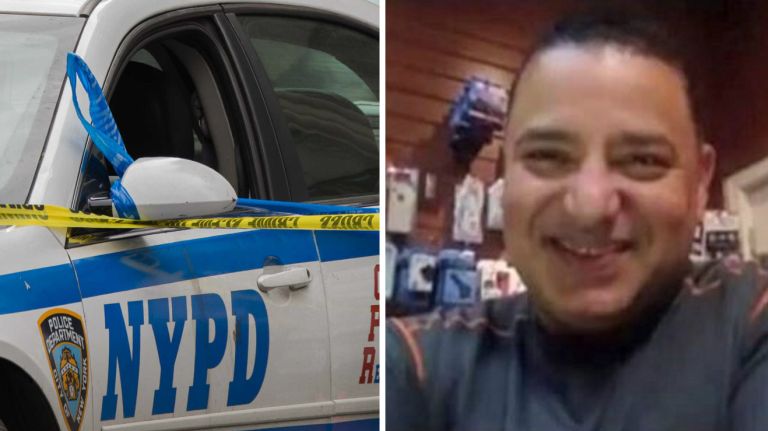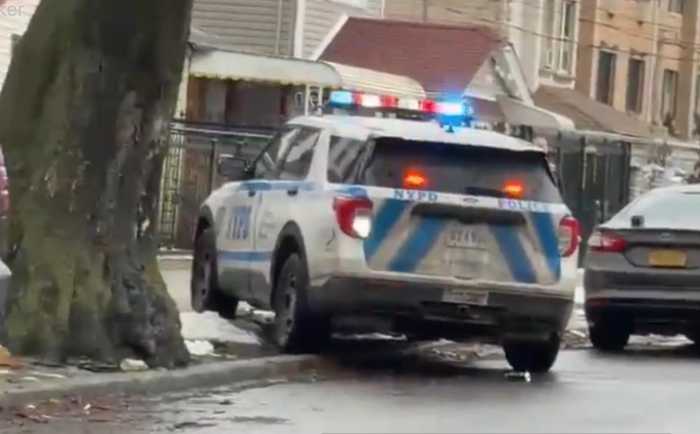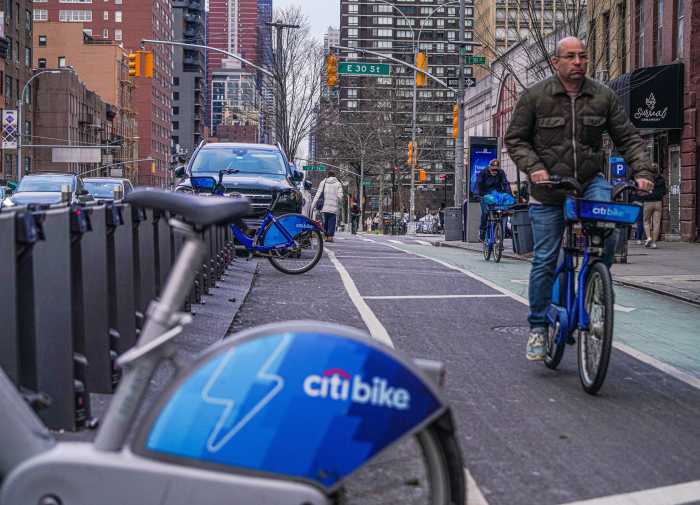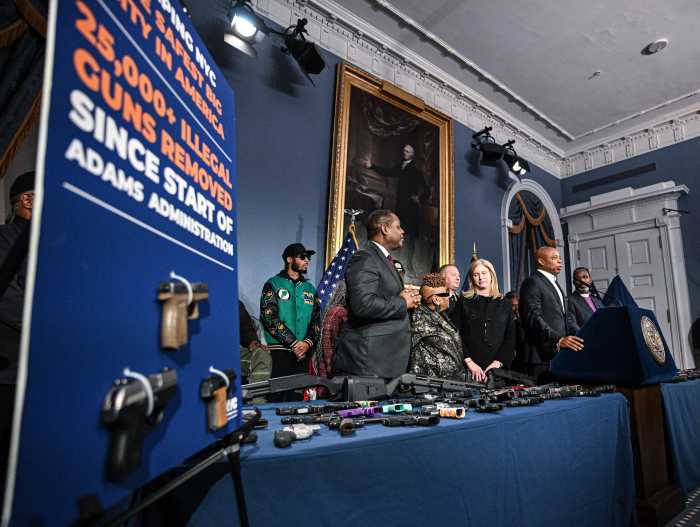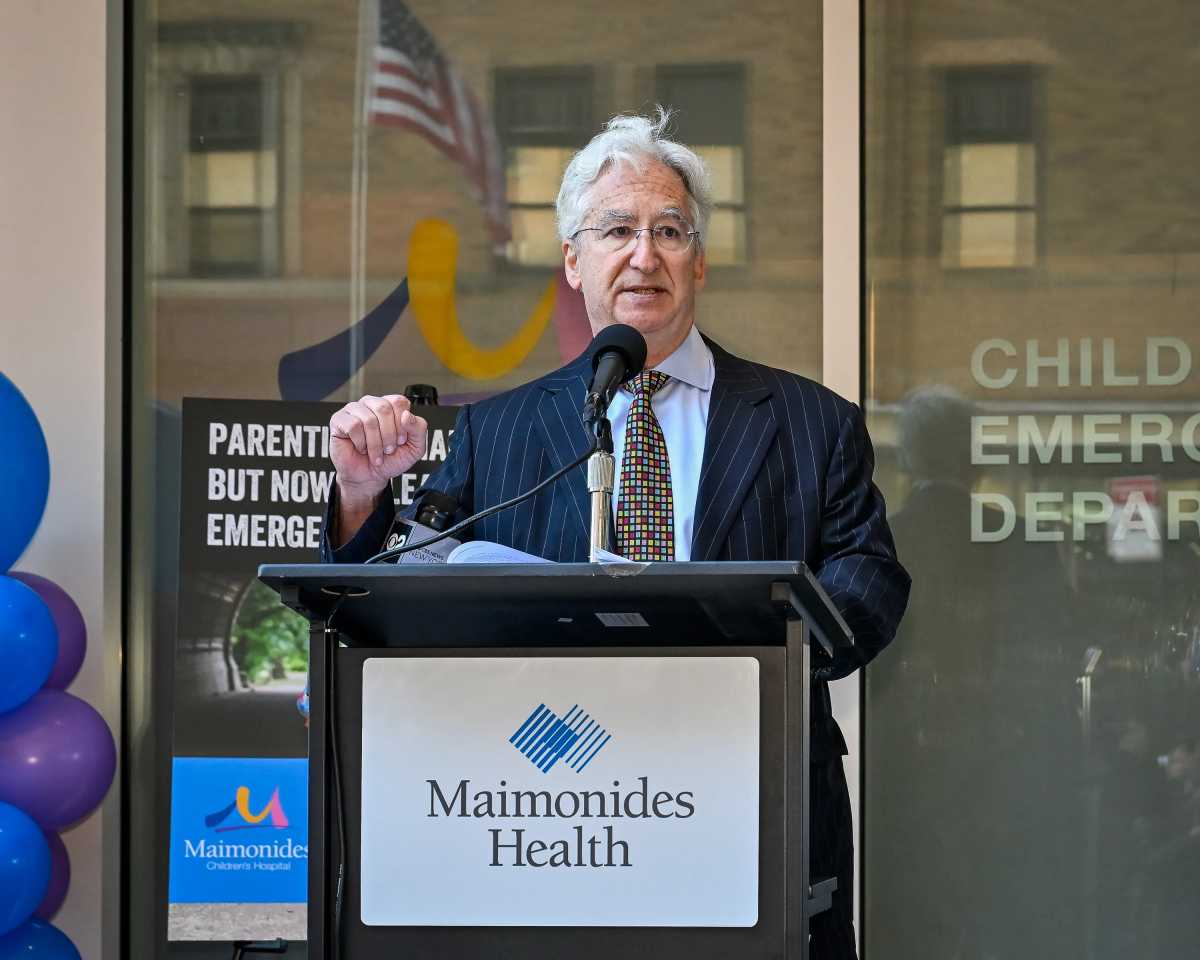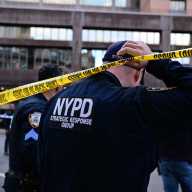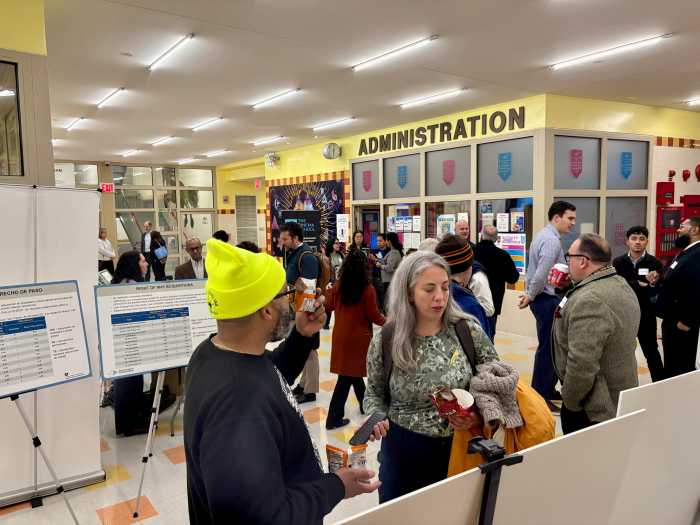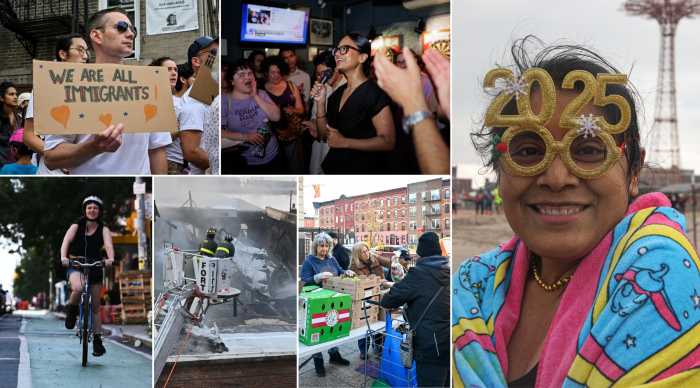
A spokesman for Mayor Bill de Blasio said on Thursday the sergeant who Tased a Bronx man who died appeared to have acted appropriately — in stark contrast to the heavy criticism by both the mayor and police commissioner of a sergeant who fatally shot Deborah Danner just over two weeks ago, rather than deploying his Taser.
“It’s a tragic situation any time a life is lost,” Austin Finan, a spokesman for the mayor’s office, said in an email. “While it appears the officer acted appropriately, the department is conducting a thorough review to ensure that the policy and protocols concerning Taser use were followed in this instance.”
On Wednesday evening, Ariel Galarza, 49, was Tased after he apparently threatened three officers and a sergeant with a glass bottle in the Schuylerville area.
The sergeant used his stun gun on Galarza, who fell to the ground, police said. But he allegedly resisted arrest and was Tased a second time. After he was cuffed, Galarza went into cardiac arrest.
The department’s force investigation division is investigating the death and circumstances leading to it.
Just over two weeks ago, Mayor Bill de Blasio called the death of Danner, 66, who was shot on Oct. 18, after she tried to hit a sergeant with a baseball bat inside her Castle Hill apartment, “tragic and unacceptable.” And Police Commissioner James O’Neill said police “failed.”
De Blasio has said the sergeant in that case, Hugh Barry, who was placed on modified duty, had been trained on updated protocols for handling emotionally disturbed people.
“There was protocol that was not followed. There was the option of using a Taser; that was not deployed,” de Blasio said at the time. “We need to know why this officer did not follow his training and the protocols.”
Police didn’t responded on Thursday to a request for comment on the decision to deploy a Taser in Galarza’s death.
About 5 percent, or 1,700, of the 34,500 NYPD officers carry Tasers, according to the department.
A total of 9,903 officers have been trained to use Tasers, including academy recruits for the last two years and the senior officers in each Neighborhood Coordination sector.
Since 2015, the NYPD secured more than $320 million to fund several types of equipment and training, including the use of Tasers and OC spray, also known as or pepper spray.
On Thursday, Sergeants Benevolent Association President Ed Mullins said the sergeant involved in Galarza’s death used “less lethal force” but it was the “same result” as with the sergeant who shot Danner.
“There’s one common denominator and that’s the threat to a police officer’s safety,” he said, adding: “We don’t get the opportunity in a split second to second guess our first decision.”
Earlier this year, the Civilian Complaint Review Board published a report evaluating Taser-related complaints from January 2014 through December 2015.
“When used properly, the Taser can be an effective weapon,” the report read, but added that: “Reports on past experiences in New York City and across the country suggest that Tasers may pose health concerns and may be vulnerable to overuse.”
The report looked at 153 Taser-related complaints out of the 4,494 complaints the board received. Of the 153 complaints, 51 of which were fully investigated, three were substantiated, and 32 were exonerated, with the remainder unfounded, unsubstantiated, or where the officer couldn’t be identified.
All officers undergo a one-day training before they can be certified to carry Tasers, according to the CCRB, and must score 90 percent on a written test.



